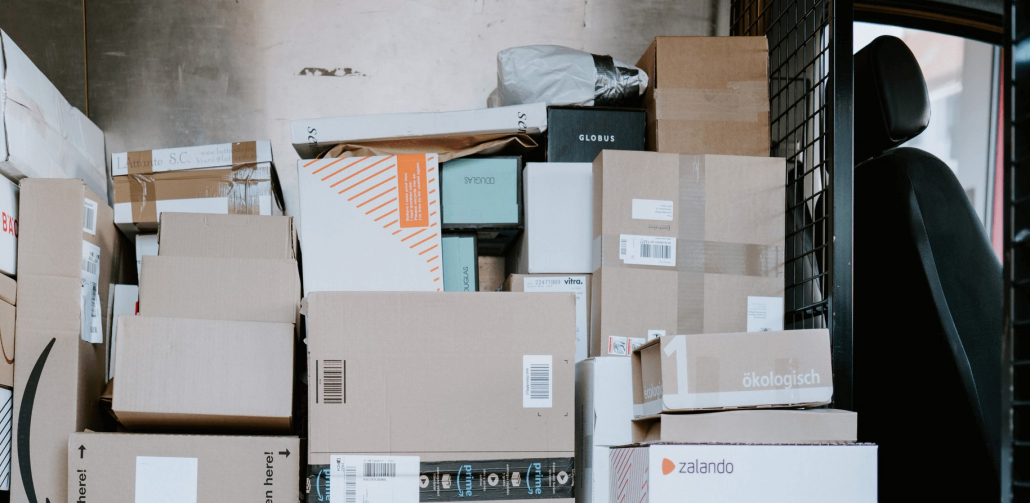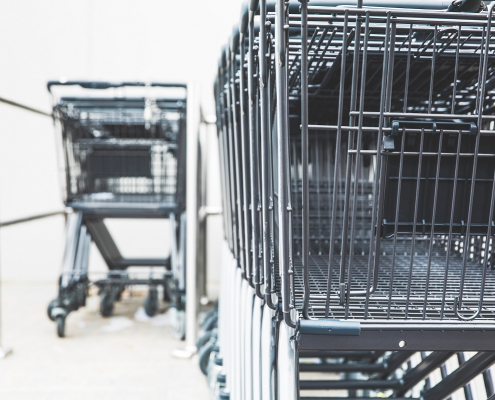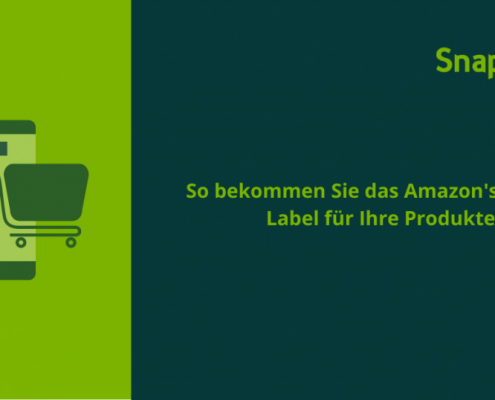Lower the return rate: The most common reasons for returns and how to avoid them

Visiting the parcel service every day is probably not uncommon for e-commerce retailers. Unfortunately, this does not always appear to pick up and send new customer orders. On the contrary, he brings back many customer orders. Then the retailers have to unpack, inspect, document and finally decide whether the item can be sold again or whether it has to be disposed of. There is no question: While the inhibition threshold for returns in retail is still very high, the return rate in online retail is constantly increasing. In this exciting article you will find out what you as an online retailer can do to find out the reasons for the flood of returns and use this knowledge to reduce your return rate in the long term. Have fun!
8 tips to reduce the return rate
1. Question the reason for the return
Let’s be honest: there are numerous reasons why customers return their goods. But the good news is that, for almost every reason, there are ways to reduce the return rate in the future. Only those who know the reason for the return are able to find the right lever to reduce the return rate of their online shop or marketplace business. As a retailer, there are therefore plenty of reasons to ask your customers directly about returning the products. For this you can use an enclosed questionnaire in the package or an e-mail afterwards.
The most common reasons for returns
1. Poor quality
2. Wrong order
3. Item pleases or does not fit
4. The delivery time is too long
2. Optimize descriptions
While the product can be assessed in retail by “tangibility”, the majority of customers in e-commerce come to your online shop or to the product you offer on one of the marketplaces without actually having seen or tried your products beforehand. If they then order, they always run the risk of being disappointed with the actual item. Reason enough to place all possible, relevant information on the product page and leave little room for possible defects. Empirical values are suitable here, such as a note in the description that a piece of clothing is rather small, normal or large.
Interesting to know: A returned item causes the retailer an average cost of 11.24 euros . The costs are made up of 5.67 euros for transport and a further 5.57 euros for processing (source: Billomat )
3.Detailed product images and videos
In e-commerce, the image has to be convincing. Accordingly, you should offer the customer product images from several perspectives in order to capture all the details as accurately as possible. Natural light and a truthful depiction of the item are essential here. It can be particularly helpful in the fashion sector to point out the size shown on the product photo and the dimensions of the model. In this way, the customer has a point of reference for a comparison and can better assess whether the product suits him and whether he likes it. But short videos in which the model moves a few steps can also be a good starting point.
4.Offer customer support
Customer is king! Even if you try to list all information in your product description, sometimes questions can remain unanswered. Therefore, it is important to have an open ear for the customer even before the purchase and to show it. On the one hand, this promotes trust between the dealer and the company, but it is also a great multiplier for the corresponding purchase of the product. Here it is advisable to place as many options as possible for quick and uncomplicated contact.
5.Ask for customer reviews
Customers trust the opinions of other customers more than what the dealer says. While positive ratings strengthen the purchase decision, hints may also answer questions that you as a retailer had not even thought of. A customer rating is proof that other people who have already chosen a product are satisfied with it and thus encourage other users to buy the product. An interesting study shows how important ratings on Amazon really are, according to which 27% of all respondents stated that they base their purchasing decisions heavily on the ratings.
In our last post, we summarized 6 exciting tips on how to generate real reviews on Amazon!
6. Reconsider payment methods
While customer-friendly payment methods such as purchase on account are gaining more and more interest on the part of customers, this in particular tempts customers to order a large selection of products and simply return a large part. Other payment models such as prepayment, direct debit or instant bank transfer reduce the proportion of returns, but may not meet with much enthusiasm from your customers.
7.Flawless and Fast Shipping
It is not uncommon for damaged goods to be one of the most common reasons for returns. It can also happen that a customer is sent a product that he did not order at all. It should therefore be a top priority to have the ordered items checked for errors before shipping. Here, too, punctuality is the be-all and end-all. If a customer orders with the certainty of receiving the goods within 3 working days, this should also be strictly adhered to. If the goods only reach the customer days later, the desire to buy may have evaporated. Especially if the order was placed for a specific occasion.
8. Bonuses & Rewards
What does the customer get out of keeping the product he has bought if he gets all the costs back when he returns it? There are different ways to reward customers for keeping the order. It doesn’t matter whether it’s a discount on the next purchase, a points system or reimbursement of shipping costs – thank your loyal customers.
Our tip: Compare the costs and benefits in order to assess the suitability of this measure individually.
Conclusion
With an average of 11.24 euros per return, the costs for the retailer are enormous. However, targeted measures can help to reduce the return rate sustainably and in the long term. But here, too, retailers must be aware that they could sometimes come into conflict with other goals, such as high service quality. Instead of “suspecting” all buyers equally as potential returners and, for example, restricting the payment methods across the board, it is advisable to identify likely returns before ordering and to counteract them.
take away
- Investigate return reasons
- Pay attention to detailed product descriptions and photos
- Ask customers for product reviews
- Keep your delivery promise
- Maintain your customer data
- Encourage your customers to shop consciously









